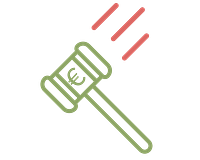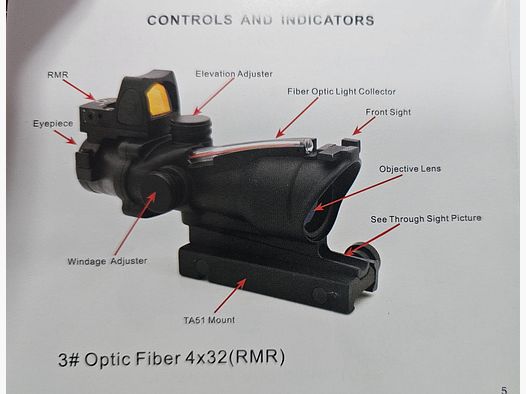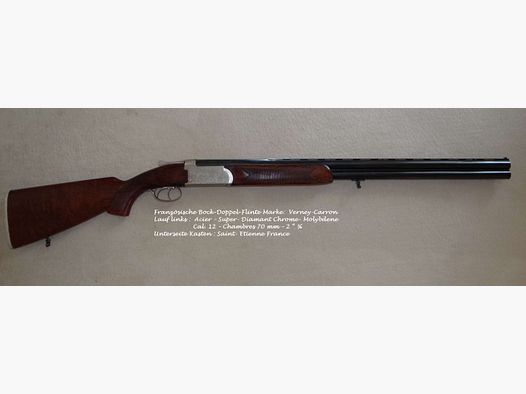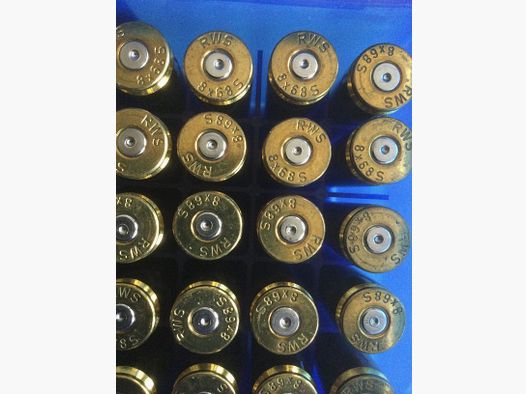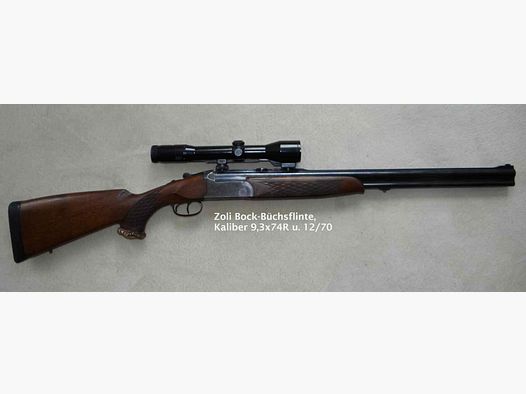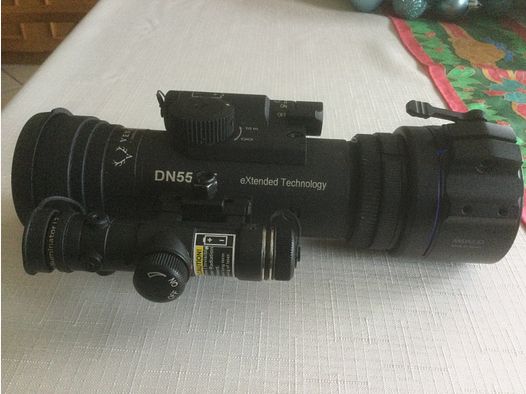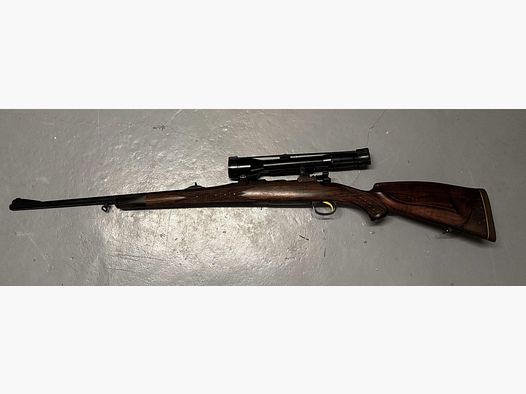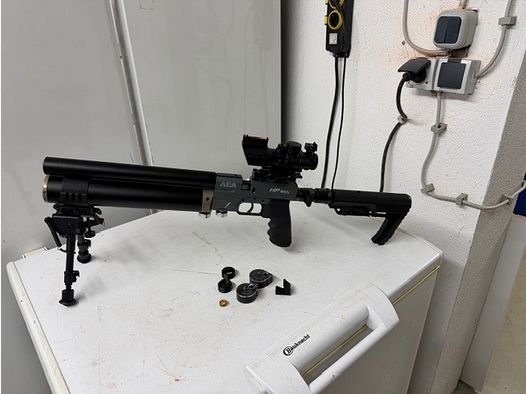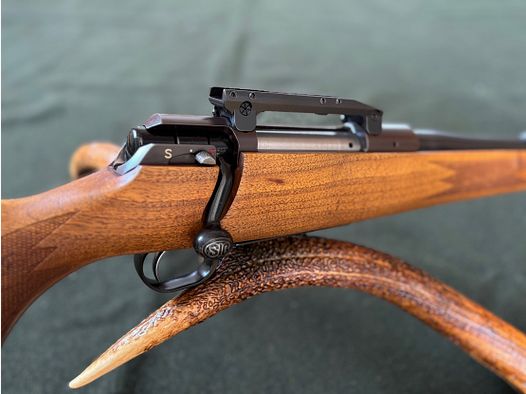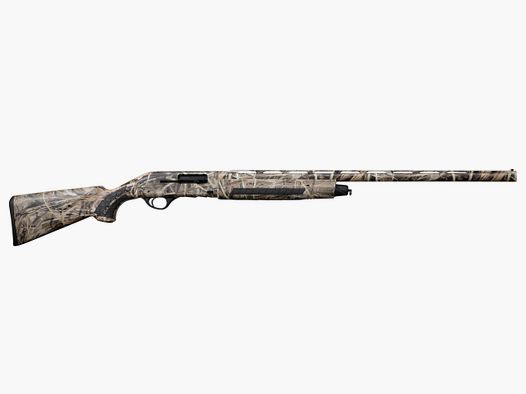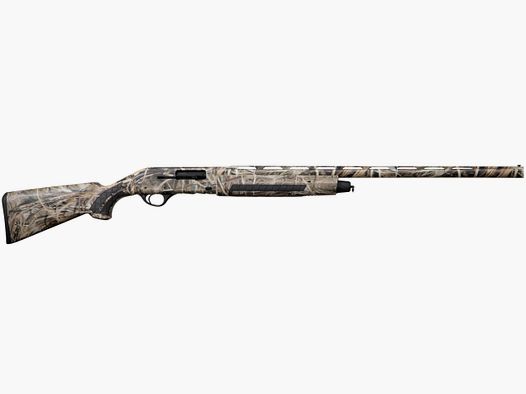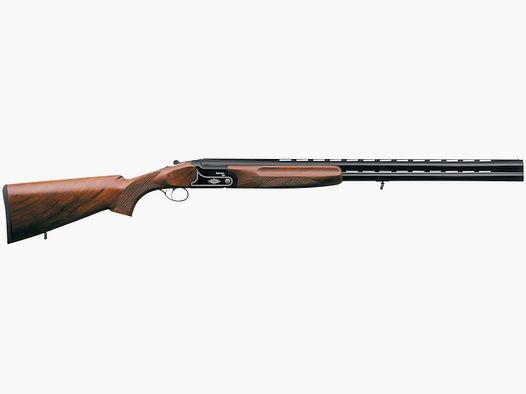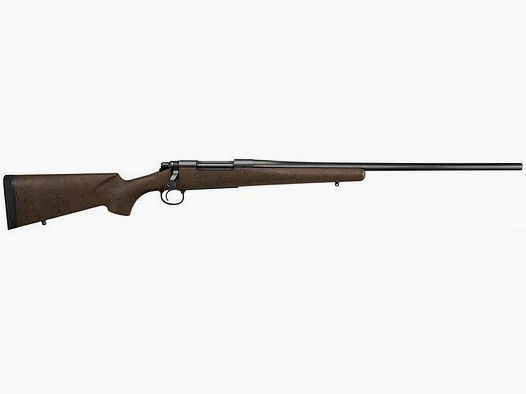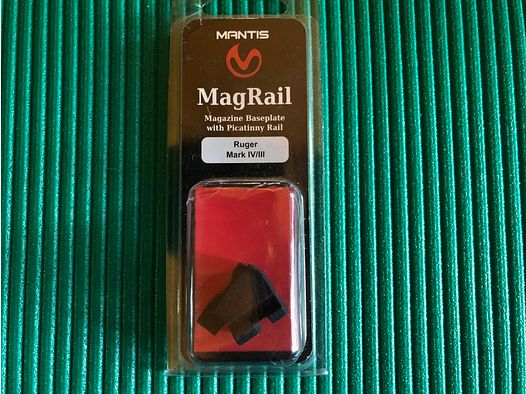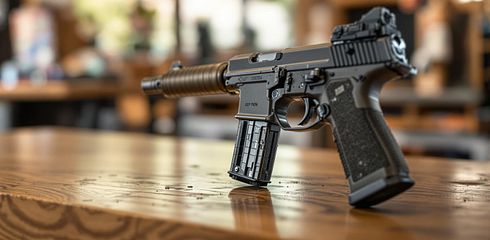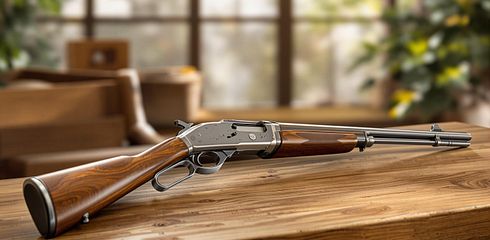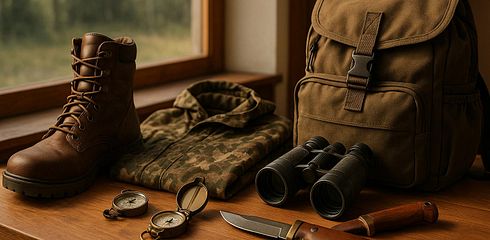Used hunting equipment can be a cost-effective alternative to new products – but caution is advised. Here you will learn what to consider when purchasing to avoid risks and find the best deals:
- Legal Requirements: In Germany, strict laws apply to the acquisition and possession of hunting weapons. A valid hunting license and a firearms ownership card (WBK) are essential.
- Quality Inspection: Carefully check weapons, optics, clothing, and accessories for defects such as rust, damage, or wear. If in doubt, consult a gunsmith.
- Seller Evaluation: Trust reputable sellers with positive reviews. Be cautious with extremely low offers – problems may lurk here.
- Secure Payment: Use secure payment methods such as credit cards or monitored platforms. Avoid cash payments or insecure methods.
- Price Comparison: Research market prices to recognize fair offers. Used items often cost 30–50% less than new ones.
With the right preparation, you can save money and acquire high-quality equipment safely.
Legal Requirements and Documentation
Required Licenses and Permits
In Germany, the acquisition of used hunting equipment is subject to strict legal regulations. The Weapons Act (WaffG) defines the requirements for handling weapons and ammunition.
To acquire, possess, or trade weapons or ammunition, you must be at least 18 years old. The term "handling" includes all activities such as acquisition, possession, transfer, carrying, and trading. In most cases, a permit is required.
Annual Hunting License as Key: With a valid annual hunting license, you can acquire long guns as well as up to two handguns without having to prove a specific need. This regulation applies exclusively to "hunting weapons" that are not prohibited by the Federal Hunting Act.
The firearms ownership card (WBK) is the central document that legalizes the acquisition and possession of weapons. There are additional regulations for ammunition: Ammunition for long guns that are approved for hunting can be purchased directly with an annual hunting license. Handgun ammunition, on the other hand, requires a permit for ammunition acquisition, which is recorded in the firearms ownership card.
Observe Age Limits: Individuals with a youth hunting license are not allowed to permanently acquire their own weapons. However, they may use hunting weapons for hunting or training without needing to obtain additional permits.
In addition to the required licenses, it is crucial to carefully check the documents to avoid legal issues.
Document Inspection and Verification
When purchasing used hunting equipment, it is not only important to meet your own licenses but also to closely examine the seller's documents.
Are the documents valid? Check whether the seller's hunting license or firearms ownership card is current and valid. The personal data should match exactly with the information on the weapon permit.
Official Verification: If there are doubts about the authenticity of the documents, you can contact the local weapons authority. Many authorities offer telephone checks of the validity of firearms ownership cards when the relevant data is provided.
Reporting Obligations: The purchase of a weapon must be reported to the responsible authority within two weeks. The seller's data must also be provided. The seller is obliged to present their firearms ownership card within two weeks to the authority for updating.
Purchases from Abroad: When acquiring weapons or ammunition from abroad, especially from non-EU countries, additional regulations apply. The importation of firearms and ammunition requires prior approval. Violations can be punished with imprisonment. Additionally, the movement of goods is monitored by customs authorities. Failure to comply with weapons law can lead to criminal consequences and confiscations.
If you are unsure, consult a lawyer who specializes in weapons law. Timely advice can save you costly mistakes and legal problems.
Quality Inspection: Checklist for Used Hunting Equipment
Before you buy used hunting equipment, a thorough inspection is crucial to avoid costly mistakes and safety risks. Here you will find a detailed guide on how to check the most important equipment areas.
Inspecting Weapons
Inspecting a used weapon requires special attention and expertise. Always observe the top safety rule: Ensure that the weapon is completely unloaded and that no ammunition is nearby.
- External Inspection and Barrel: Carefully examine the barrel and the weapon for corrosion, rust, or damage. Issues such as pitting or damaged rifling can significantly impair precision.
- Action and Controls: Test the action, safeties, and decocking lever for proper function. For manual safeties, cock the hammer, engage the safety, and pull the trigger – the hammer should not release.
- Revolver Special Inspection: Check the timing of the cylinder and the forcing cone. Ensure that the cylinder rotates evenly and is precisely positioned.
If there are uncertainties, you should consult a gunsmith. The cost of a professional evaluation is low compared to the risks of a faulty weapon.
Testing Optics and Accessories
After inspecting the weapon, you should also thoroughly examine the optical accessories.
- Lenses and Interior: Check the lenses for scratches, cloudiness, mold, or other damage. Inspect the interior for fogging, loose parts, or cracks.
- Mechanics: Ensure that screws and fasteners are tight. Test the adjustment mechanisms for elevation and windage for smooth and even movement.
- Alignment: Look through the optics and move them slowly. The image should remain stable and sharp without distortion.
- Housing: Look for dents, bulges, or bends. Such damage may indicate falls and potential internal problems.
Inspecting Clothing and Equipment
When checking hunting clothing and equipment, focus on typical wear points and functional elements.
- Clothing: Check seams, zippers, and reinforced areas such as elbows, knees, and shoulders for wear or tears.
- Backpacks: Test carrying straps, buckles, frames, and adjustment options for stability.
- Shoes: Inspect the soles for adequate tread and the upper material and padding for cracks or wear.
| Equipment Type | Critical Inspection Points | Common Weaknesses |
|---|---|---|
| Hunting Clothing | Seams, zippers, membranes | Wear at elbows and knees |
| Backpacks | Carrying straps, buckles, frames | Defective zippers, material fatigue |
| Shoes | Soles, upper material, padding | Tread wear, cracks, worn soles |
Functionality in Detail
Test the water-repellent properties of your equipment by lightly spraying it with water. Also check the ventilation systems and the functionality of the pockets. A thorough inspection helps you identify potential weaknesses early and protect yourself from unpleasant surprises.
User Reviews and Seller Trustworthiness
After the quality inspection, evaluating the seller is another important step to avoid bad purchases. In addition to the technical inspection, the experiences of other buyers often provide crucial insights.
Understanding User Reviews Correctly
Reviews and ratings are a valuable source of information regarding a seller's reliability. You should not only consider the overall rating but also closely examine the details of individual reviews.
Recognizing Positive Signals: Sellers who regularly receive positive reviews are generally considered reliable. Platforms like Gunfinder show that professional sellers often strive for high rating standards and offer market-appropriate prices.
Identifying Warning Signals: Old accounts without recent reviews – so-called "ghost accounts" – may indicate inactive or unreliable sellers. Pay particular attention to negative reviews:
- 2-Star Reviews: These often indicate issues such as rude behavior, poor communication after the sale, or lack of problem-solving.
- 1-Star Reviews: Such reviews often indicate attempts at fraud or sellers who do not respond to inquiries at all.
While 5-star reviews indicate quick and smooth transactions, 1- or 2-star reviews may point to serious problems such as communication difficulties or product defects.
Critically Examine Prices: Offers that are significantly below the usual market price should make you skeptical.
Contacting the Seller Directly
In addition to the reviews, direct communication with the seller is another important step in assessing their trustworthiness. A reputable seller will typically answer your questions openly and competently.
Ask Targeted Questions: Inquire about details regarding the condition of the item, its history, and any potential defects. A trustworthy seller will respond honestly and provide additional photos or videos if necessary. Also clarify whether there are return policies or guarantees.
Request Documentation: Ask for condition reports and proof of ownership to ensure everything is in order.
Observe Communication Behavior: Incomplete or evasive answers may indicate that the seller is not trustworthy.
Clarify Payment and Handover Methods: Discuss secure options for payment and handover to minimize risks.
Platforms like Gunfinder offer additional security through their rating systems and dedicated customer support. The quality of the service is reflected in the ratings: Gunfinder achieves an impressive rating of 4.6/5 stars on Trustpilot, based on 672 reviews. The helpful and patient support is particularly praised, providing comprehensive assistance even with technical issues.
Price Comparison and Valuation
After you have checked the quality and legal requirements, it is time to realistically assess the price. A good price assessment protects you from bad purchases and helps you recognize fair offers.
How to Determine Fair Market Prices
The fair market value reflects the current price that an item achieves on the market. You should not confuse it with liquidation or replacement values.
What Influences Market Value? Factors such as condition, age, brand, season, and regional demand play a significant role in the pricing of used hunting equipment. A rule of thumb: Older items achieve about 50% of the new price, while newer items can still be worth up to 66%.
How to Research Prices: Compare the prices of similar items. Platforms like Gunfinder provide an overview of offers from dealers and private sellers.
Seasonal and Regional Fluctuations: Prices are often higher before the hunting season than afterwards. Model year changes can also affect the value of older equipment. Additionally, higher prices may arise in hunting-rich regions due to stronger demand.
An example: One-year-old bows are often traded for €700 to €1,000. High-quality sights like Spot Hogg sights can still reach 55 to 75% of their original price.
New or Used? A Comparison
In addition to price determination, you should also weigh the pros and cons of new and used equipment. A comparison can help you:
| Category | New | Used |
|---|---|---|
| Weapons | Latest technology, no history, full warranty | 30–50% cheaper, proven models, possible signs of use |
| Optics | Perfect adjustment, manufacturer warranty, current coating | Cheaper, but risk of misalignment or impacts |
| Clothing | Most modern materials, full functionality, optimal fit | Significantly cheaper, but possible wear of membranes |
| Accessories | Complete sets, original packaging, warranty | Often cheaper, but possibly not complete |
Long-Term Perspective: High-quality hunting equipment often pays off through durability and performance. An experienced hunter reported that of his 12 hunting items used over the years, eight were from reputable manufacturers.
"Cost is often indicative of performance. Not always, of course. But often enough that I no longer dismiss a product on price alone." - Tony Hansen, Contributing Writer
Material Quality Matters: High-quality clothing often consists of robust, weatherproof fabrics such as Gore-Tex or polyester blends. Reinforced stress points, stronger threads, and double seams ensure durability. However, these properties may already be compromised in used clothing.
Consider Application Areas: Depending on the type of hunting, there are specific requirements for the equipment. Used items can be a good choice if the technical properties are still in good condition.
The decision between new and used equipment ultimately depends on your hunting conditions, your budget, and the planned duration of use. While the highest quality standards should apply to safety-related parts such as weapons and optics, you can often rely on tested used items for clothing and accessories.
sbb-itb-1cfd233
Secure Payment and Handover
Once the price has been set, secure processing of the transaction is particularly important. Especially with high-quality hunting equipment, proven security measures should be observed.
Secure Payment Methods
The right choice of payment method protects against fraud and offers security options in case of problems:
- Credit Card (MasterCard/VISA): Suitable for amounts up to €5,000.00, also applicable for purchases of weapons and ammunition.
- Prepayment via Bank Transfer: Be sure to include the order or customer number in the purpose.
- EasyCredit Installment Purchase: Ideal for financing larger purchases.
Avoid PayPal and cash payments, as these are often not accepted for items subject to weapons law.
After choosing the payment method, you should carefully plan the handover.
Recommendations for the Handover
Before the handover, it is important that both parties check all required licenses. Use tools like the verified Gunfinder chat, selfie checks, and video calls to inspect the item and the seller live. A secure payment process and a well-organized handover are crucial to avoid bad purchases.
Gunfinder places special emphasis on security: Sellers must verify their identity before they can list items. Through the Gunfinder chat, you can communicate securely and request video inspections in advance to confirm the condition of the item as well as the seller's identity. When purchasing weapons, the firearms ownership card (WBK) should also be verified with the responsible authority.
If a personal handover is not possible, insured shipping options with tracking and receipt confirmation by signature are recommended. Suspicious activities should be reported immediately through the platform.
By using secure payment and handover methods, you minimize your risk. Gunfinder provides you with a variety of tools to ensure a transparent and secure transaction. As the largest platform for hunters and shooters in Germany, Austria, and Switzerland, Gunfinder offers the ideal framework for trustworthy transactions.
Conclusion
The purchase of used hunting equipment requires careful preparation. A thorough inspection for potential defects is essential. Here are the key points summarized that were discussed in detail earlier.
First, compliance with all legal requirements is crucial – it forms the basis for any transaction. A professional inspection before purchase helps to uncover hidden weaknesses that are not visible at first glance.
Even with used equipment, it is worth focusing on quality. High-quality items are often more durable and better suited to meet the specific requirements of various hunting environments, whether in the forest, mountains, or wetlands. Be cautious of offers with conspicuously low prices that are significantly below the usual market value – caution is advised here.
With Gunfinder, you have a secure platform for buying and selling. Remember: Regular maintenance not only extends the lifespan of your equipment but also ensures that it functions reliably. With these tips, you are well-equipped to safely and thoughtfully acquire used hunting equipment.
FAQs
What documents do I need to legally purchase used hunting equipment in Germany?
To legally purchase used hunting equipment in Germany, you need a valid hunting license. This confirms that you are authorized to acquire and possess such equipment.
However, if you want to buy firearms, you also need a firearms ownership card (WBK). Ensure that all required documents are valid and that you comply with legal regulations.
It is also important to carefully check the condition and origin of the equipment. This way, you can ensure that everything meets legal requirements and that no problems arise.
How do I check the quality of used hunting equipment before purchasing?
How do you check the quality of used hunting equipment?
To ensure that used hunting equipment is in good condition, you should thoroughly examine all important parts. For hunting weapons, the barrel, action, wood, and mechanical components are particularly crucial. Look for signs such as rust, cracks, or signs of wear. You should also test the function of the trigger and safety to ensure that everything operates smoothly.
For additional security, it may be advisable to consult a gunsmith who can professionally inspect the weapon. The condition of the equipment is often classified in categories ranging from new to defective, which directly affects the price. A thorough inspection is worthwhile so that you can enjoy your hunting equipment in the long term.
What payment methods are safe to avoid fraud when purchasing used hunting equipment?
Secure Payment Methods for Used Hunting Equipment
When purchasing used hunting equipment, it is important to rely on secure payment methods. Popular options such as bank transfer, PayPal, credit card, or instant transfer often provide additional buyer protection and ensure that transactions remain traceable. This gives you a good level of security in case problems arise.
Another secure option is cash payment upon personal pickup. This way, you can inspect the equipment on-site before paying. Be sure to choose a safe meeting place and document all agreements in writing. This minimizes potential misunderstandings and protects both parties.


